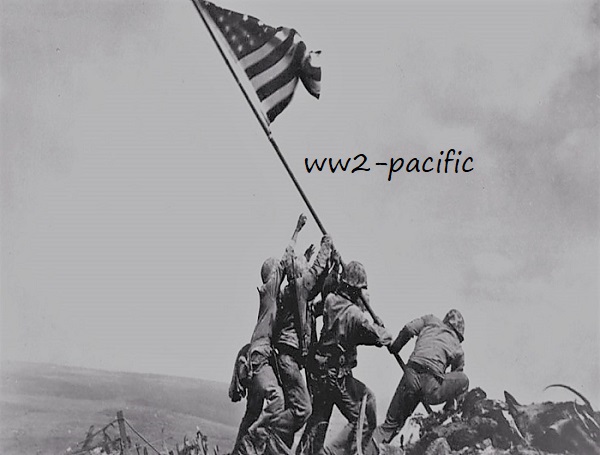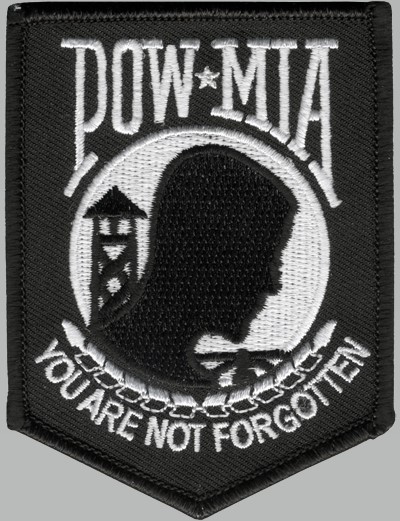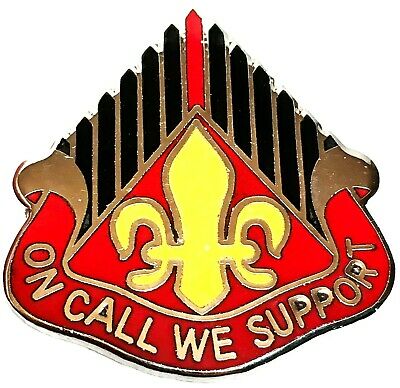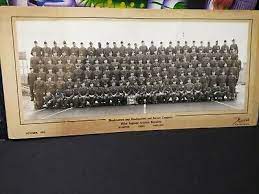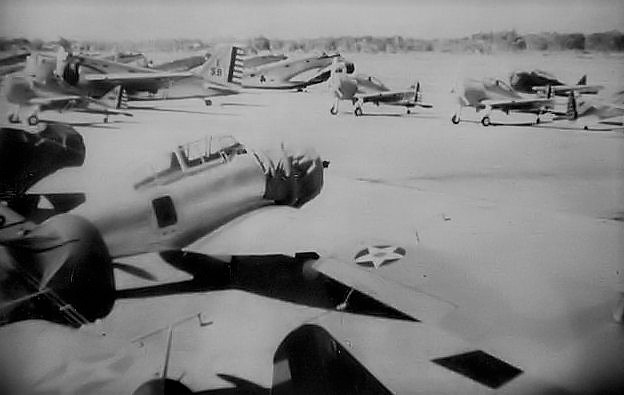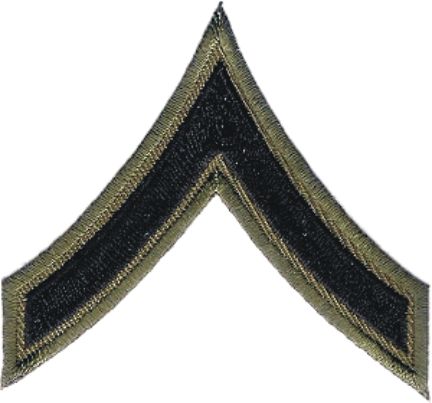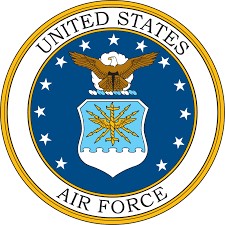Rank and Name, Private Andrew J. Wilson Jr.
Unit/Placed in, 803rd Engineer Battalion, Aviation.
Andrew is born approx. on 2 Jan. 1921 in Brunswick, Georgia.
Father, Andrew Jackson Wilson.
Mother, Dora Margretta (Tillman) Wilson.
Sister(s), Thelma Wilson.
Brother(s), Emory Llewelyn, John Wesley, John W. and George Woodrow Wilson.
Andrew enlisted the service in Georgia with service number # 14011506.
There is mentioned he was made a POW, but he was KIA in the fights over Del Carmen Airfield with the Japanese when they invaded Luzon.
Andrew was KIA in progress to finish Del Carmen Airfield when the Japanese invaded it, he was KIA in those fights on 1 June 1942, he is honored with a Purple Heart, Good Conduct Medal, American Campaign Medal, Army Presidential Unit Citation, Asiatic Pacific Campaign Medal, WW II Victory Medal.
Andrew is buried/mentioned at Manila American Cemetery and Memorial Manila, Metro Manila, National Capital Region, Philippines.
Walls of the missing.
Thanks to,
Jean Louis Vijgen, ww2-Pacific.com
Air Force Info, Rolland Swank.
ABMC Website, https://abmc.gov
Marines Info, https://missingmarines.com/ Geoffrey Roecker
Seabees History Bob Smith https://seabeehf.org/
Navy Info, http://navylog.navymemorial.org
POW Info, http://www.mansell.com Dwight Rider and Wes injerd.
Philippine Info, http://www.philippine-scouts.org/ Robert Capistrano
National Historian
Navy Seal Memorial, http://www.navysealmemorials.com
Family Info, https://www.familysearch.org
Info, https://www.pacificwrecks.com/
Medals Info, https://www.honorstates.org
Find a Grave, https://www.findagrave.com
Tank Destroyers, http://www.bensavelkoul.nl/
Del Carmen Airfield
Del Carmen Airfield is a former United States Army Air Forces airfield on Luzon in the Philippines. It was overrun by the Imperial Japanese Army during the Battle of the Philippines (1942).
History
Company B, 803rd Engineer (Aviation) Battalion (Separate) began Del Carmen airfield in early November 1941. It was located to the south of Clark Field in Pampanga Province and west of Barrio Floridablanca. The airdrome was to be a sizable facility originally with three runways, each 6,780 feet long and 300 feet wide laid out in an “A” pattern—northwest-southeast (NW-SE), northeast-southwest (NE-SW), and east-west (E-W). Also on the construction list were about 100 buildings. Construction was to encompass barracks for 2,750 officers and enlisted men, both combat and support units, including one company of aviation engineers; aircraft and bomb storage warehouses; aircraft revetments, hospital and dispensary; under and above-ground storage for 750,000 gallons of gasoline, and a supporting road network.[1] By 30 November one runway was completed and other projects were under construction.[2] The Fifth Air Force based Seversky P-35As assigned to the 34th Pursuit Squadron, attached to the 24th Pursuit Group at the airfield prior to the Japanese air attack on the Philippines, 8 December 1941. Dust from the areas maritime and volcanic soils plagued the squadron’s air operations.
On the day of the first attack by Japanese aircraft, fighters were ordered from Del Carmen to cover Clark Field but failed to arrive before the Japanese hit Clark shortly after 1200 hours. The 34th suffered a few casualties in combat, including its commander Lt. Sam Maret, but the Japanese destroyed most of the 34th’s P-35A’s with a bombing and strafing attack on 10 December. An advance echelon of Company B departed Del Carmen Field for Orani, Bataan, on 20 December 1941, and the rear guard evacuated the field on 25 or 26 December. The 24th left shortly thereafter.[3] After its occupation, it was used by Japanese aircraft as a satellite field for the Clark area.
After the recapture of Luzon during the Philippines Campaign (1944–45), the airfield was not used by the USAAF. It was, however, the scene of a Japanese attack on 7 December 1944 when Japanese General Yamashita ordered the entire First Airborne Brigade with two regiments to jump the American beachhead on Leyte on 6 December. Japanese paratroopers loaded into 95th Sentai Ki-49 “Helens” and Ki-57 “Topsys”. They took off from Angeles South Airfield and Del Carmen Airfield. For the paratrooper drop and crash landings against the American liberated San Pablo Airfield and Buri Airfield at 1800 hours. Although the paratroopers caught the Americans by surprise, those who did reach the airfields were ineffective. The attack proved to be disorganized and an abortive effort.
